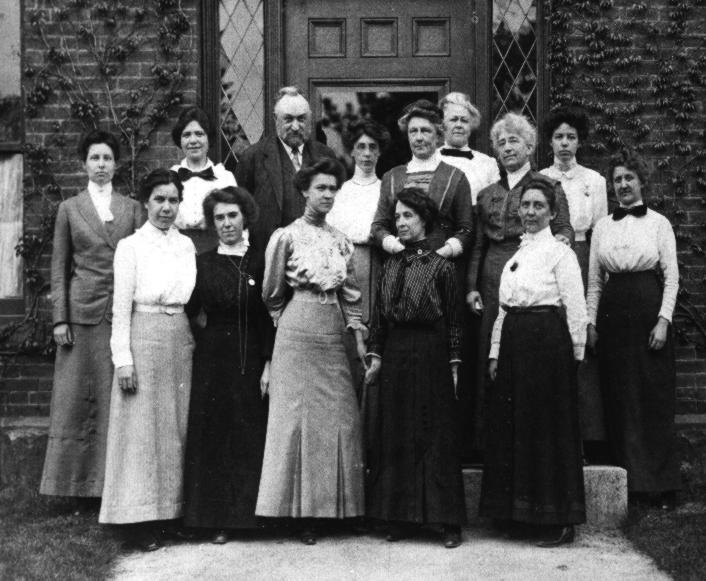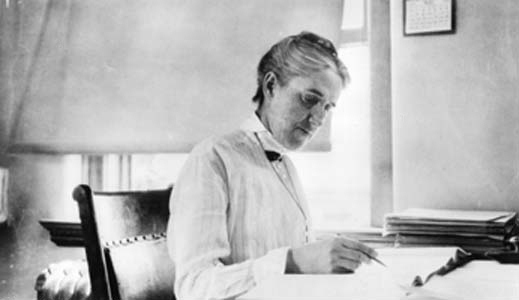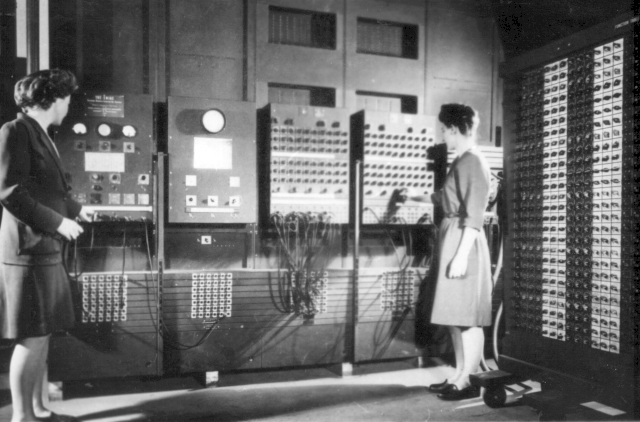There were more women involved in science that you’d probably expect, and no, I’m not just referring to Madam Curie, although it should be noted that she’s the only person to have two Nobel prizes, one in Chemistry and Physics respectively, regardless of gender. I’m talking about the women who, despite the discoveries they made and the milestones they achieved, have largely been forgotten.
This June we’re celebrating the 70th birthday of Baby, the world’s first stored-programme computer. But did you know that many of the original “computers” were actually humans employed to do maths.
Unfortunately, the date women were first employed to work as computers for a wage has often been unrecorded. The famous Harvard Computers are reckoned to have been employed from around 1875, although this date is approximate, and it can be alleged that there was an attempt to forget that women were involved in the history of science. Before this, women were only able to volunteer their time for free.
One of the first female computers was Williamina Fleming who was the maid of Edward Pickering. Pickering was the director of the Harvard Observatory from 1877 to 1918 and after developments in technology meant he needed a larger workforce, he turned to hiring women. This was due to the fact that examining that plates was considered a boring task, and an unspecialised one as well, and so the women received less money for the work that they were doing for a full six days a week. These women, reported to number between 40 and 80 over the years, became known as Pickering’s Harem. Charming.

But Fleming discovered the Horsehead Nebula and worked on classifying stars by their temperatures. It is also due to her work that the first Draper Catalogue of Stella Spectra was published in 1890, which showed the brightness, type and position of over 10,000 stars. Not bad for someone who had previously been the maid.
Another of the women at Harvard had a background in physics and astronomy, and the contribution that she made to astronomy is still used to this day. She was Annie Jump Cannon and she created the stellar classification system, which organised the universe’s stars from hottest to coolest, using the letters O, B, A, F, G, K, M to represent each group. The system isn’t being named for the person who created it, but instead the place where it was created—it is known as the Harvard system, rather than the Cannon system.

Credit: Alamy
Stars which have a constant luminosity, known as Cepheid variables, are helpful solar landmarks, and were discovered by another of the women in Pickering’s employ, Henrietta Swan Leavitt. She studied astronomy at Harvard in 1907, but it wouldn’t be until 1925 that the first doctorate was awarded to anyone in the subject, and it went to Cecilia Payne-Gaposchkin, although it was officially issued by Radcliffe College, Harvard’s affiliate female institution. Payne-Gaposchkin was the person to discovere what the atmosphere of the sun was largely composed of – hydrogen. She would later become the first female full professor at Harvard’s arts and science faculty, as well as becoming the first female chair at Harvard, in astronomy.
During World War II, the US military employed women to calculate the trajectory of ballistics. To calculate that, complex equations are used, and of course, they were done by hand, although that changed when the US military funded a project to build what would be the world’s first all-electronic computer. However, to make this new computer work, human computers had to be employed, and they took the form of six women, Kathleen McNulty Mauchly Antonelli, Jean Jennings Bartik, Frances Snyder Holberton, Marlyn Wescoff Meltzer, Frances Bilas Spence and Ruth Lichterman Teitelbaum.
Due to classification of the project the women were unable to see what they were working on until they were given their security clearance, and instead only had logical diagrams to help them understand how this new machine worked. Once they were given access to the machine, which consisted of 18,000 vacuum tubes and forty eight-foot panels, they had to physically program the machine, which required the use of 3000 switches and hundreds of cables.

Courtesy of University of Pennsylvania
When the machine was unveiled, in 1946, the men who lead the project, Dr John Mauchly and J. Presper Eckert, who had designed it were made famous by its success, while the women who had made sure that it worked were largely forgotten by the press. There were photographs of the women as they programmed the machine, but they would later be assumed to just have been models, and not the people who made the massive machine work correctly. So, while the men had designed the machine, it was the women who would go on to write programmes that would make it run faster and easier.
Bartick would lead the team that converted ENIAC into a stored program machine while Holberton would make a number of firsts in the computing world, such as the construction code, sort routine and software application.
Like most things in history, the contributions of women are frequently overlooked, although maybe this will give you the start of the idea that in science, women were not absent for discoveries, developments and improvements, they were there, just hidden from view.
Enjoyed this blog post? You might also like to check out our series of stories about women in science, including Hedy Lamarr, the Hollywood inventor, and the amazing story of Kathleen Drew-Baker, the “Mother of the Sea”.